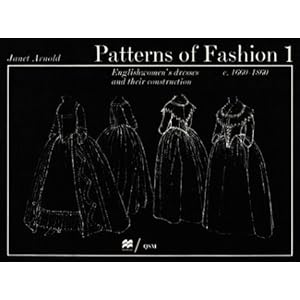Right well I'm heading into unknown territory to tackle the corded petticoat. I have no sewing directions except for an outline, I don't really see the point of waiting a week to get a book that tells me how to do this. So basically I know where I want to go, I'm just not sure how I'll get there.
I ran across this type of yarn a few times while checking out what other people had used. Its basically used for making dish cloths and its most likely 1/8 of an inch. I also nabbed 3 yards of 45 inch wide muslin and cut that into 2, 48 inch wide pieces. Which was stupid really I could have saved myself the seam by just hacking off a few inches from one end.
And so I turned up 2 inches at the bottom and inserted the yarn, using my zipper foot to sew as close as I could.
I sewed in the yarn in rows until I ran out of turned up fabric. Thus creating the corded hem.
I haven't really figured out a plan of attack for how far apart and how many lines I'll add. But from what I have seen and read the cords should end below your hips. I may also shorten up the width to try and keep the amount of fabric at my waist down.
 |
| Europe 1830 - 35. Interesting how the piece is shown with the stays over the petticoat. Correct or incorrect? |
While trolling I came across this corded petticoat in the
LACMA image gallery. There are some really great pieces to see and the zoom feature is fantastic and it also offers multiple views of the items. I was able to count individual threads in a closeup photo of an apron with embroidery.
I found another one also being dated 1830's - unknown in my KCI fashion book and its shown
here in their digital gallery. I counted the cording lines and I believe there were 62. Once again a great zoom feature.






















